An attractive coastal city on the outskirts of Barcelona, Badalona was built upon the site of Roman Baetulo. Founded in the 1st Century AD, Baetulo was a significant settlement with important trading links to the Mediterranean and beyond. Today, you can visit the remains of the town at the Museu de Badalona, which is a must for anyone who has an interest in Roman history or archaeology.
Table of Contents
A visit to the Museu Badalona
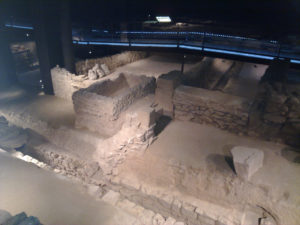


Photo credit: llogaret@yahoo.com via VisualHunt.com / CC BY
From central Barcelona, take the L2 underground to the end of the line at Badalona-Pompeu Fabra (about half an hour’s journey from Sagrada Família). The museum is situated on the Via Augusta, a 5-minute walk from the Metro station. Badalona is in fare-zone 1 of the integrated transport system, so if you have an integrated ticket this will cover your journey. Entry to the museum is €6 for a regular ticket and €2 for concessions. The opening hours are 10am-2pm/5pm-8pm Tuesday – Saturday; 10am-2pm Sunday.
From the welcome area, stairs and a lift lead to the Roman excavations, which cover an area of around 3.4 km.² They are accessed via a lighted glass walkway through which you can see much of the lower end of the Roman town, where the every day business of life in Baetulo would have taken place. Information panels (in Catalan, Spanish and English) provide information on the main sights as you walk around. Several Roman streets are visible on the tour, including the Cardo Maximus (main street from the mountains to the sea) and Decumanus Maximus (main street leading from East to West, in this case parallel to the coast). Here it is possible to imagine what life might once have been like in this bustling town. Note the impressive sewerage and drainage systems running beneath these roads, which bear witness to the Romans’ skill with drainage and public sanitation.
The first buildings you encounter on the tour are the Palaestra (courtyard used for gymnastics, sports and games) and thermal baths. Most ordinary Roman citizens did not have running water in their houses, so they bathed in public bath-houses which were open to all sections of society. These would have been comparable to a modern-day thermal spa, comprising a frigidarium (cooled area for relaxing after sports), tepidarium (lukewarm area) and caldarium (hot area, like a modern sauna) complete with a swimming pool heated by braziers. The caldarium has two fine intact mosaics, one decorated with a dolphin motif and one with wave and labyrinth patterns (see Featured Image above).
Take a closer look at the town
After leaving the bath-house, you pass by the domus, or opulent town house of a wealthy local family. The function of the building has been deduced by its size and the fragments of high-quality decorative mosaics and frescoes which were found on the floor during excavation.
The museum’s exhibition space has examples of Roman pottery, tools, jewellery and even board-games, which help bring the archaeological remains to life. There is also information on Roman burial traditions and the remains of an impressive funerary monument which had once belonged to a rich family from Baetulo.
The Insulae (residential blocks of the town) have been well-preserved at this site. This is where the ordinary townspeople would have lived. The buildings in this area would have been made up of several stories, with tabernae (shops opening onto the street) on the ground floor. Although only the ground floor buildings remain, some of the wall-frescoes and pottery belonging to the shops have been reproduced in order to demonstrate what the commercial centre of the town might once have looked like.
Finally, there is a little history of the site itself. Discovered during development works in the mid-1970s, an apartment block was built over the ruins in 1977 despite the protests of local people. This was to be torn down only four years later after democracy had been restored to the region. The ruins have since been protected by the museum, and further important archaeological discoveries have been made in the area.
If you wish to see more of Baetulo, visit on the second Sunday of the month between 10am and 2pm, when the following sites (located close to the museum) are also open: Quint Licini’s Garden (remains of the pond and garden of a wealthy Roman patrician); House of the Dolphins (example of a fine Roman house, or domus, with well-preserved mosaics) and a Water Conduit dating from the reign of the emperor Tiberius. It is also interesting to compare the town of Baetulo with that of Barcino (Roman Barcelona) at the MUHBA site in Plaça del Rei, Barcelona.









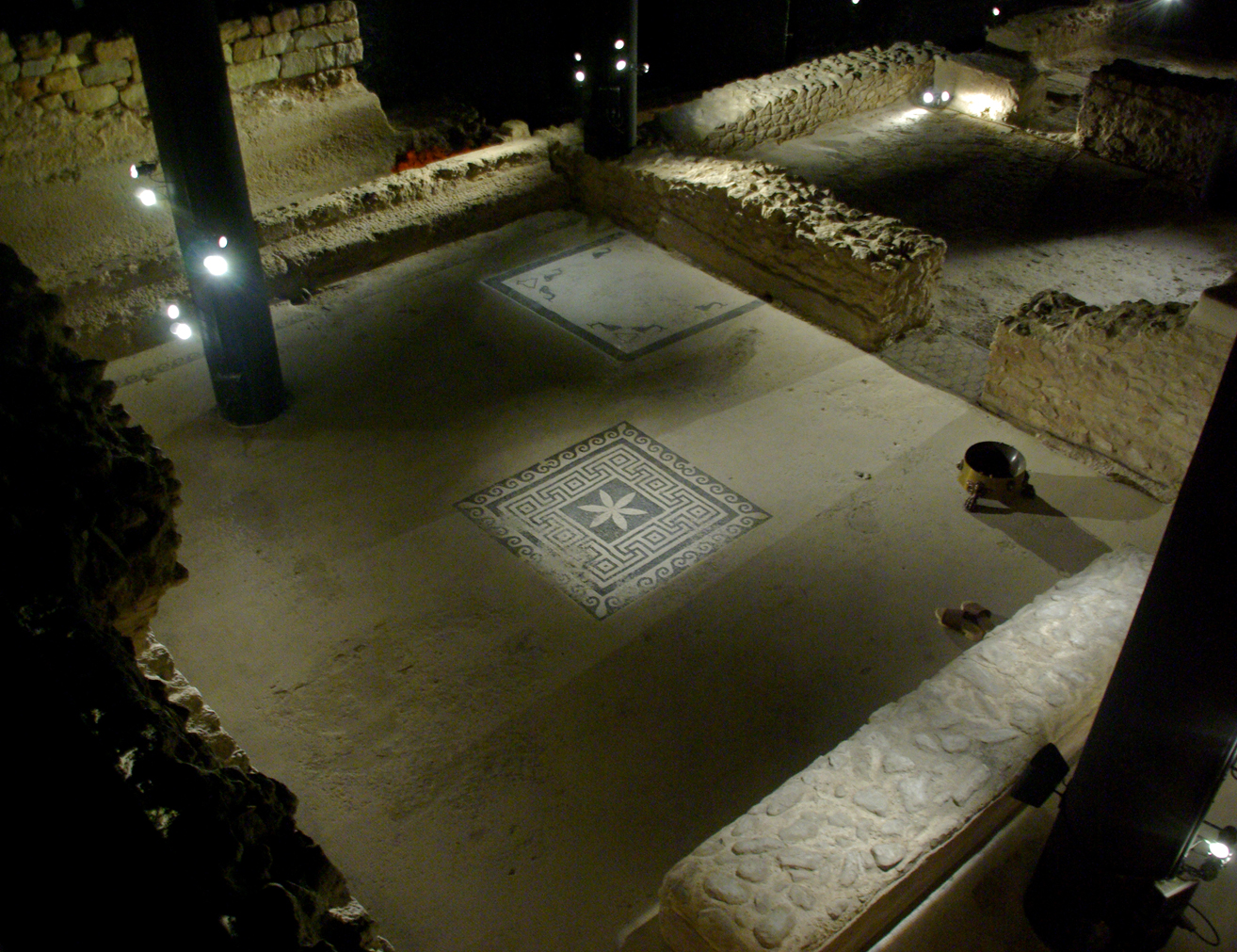
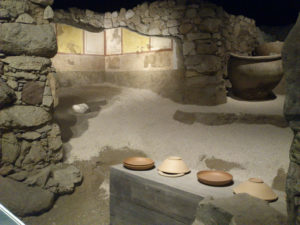
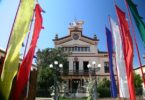
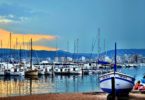
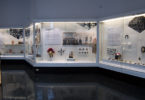


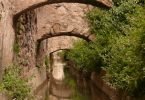
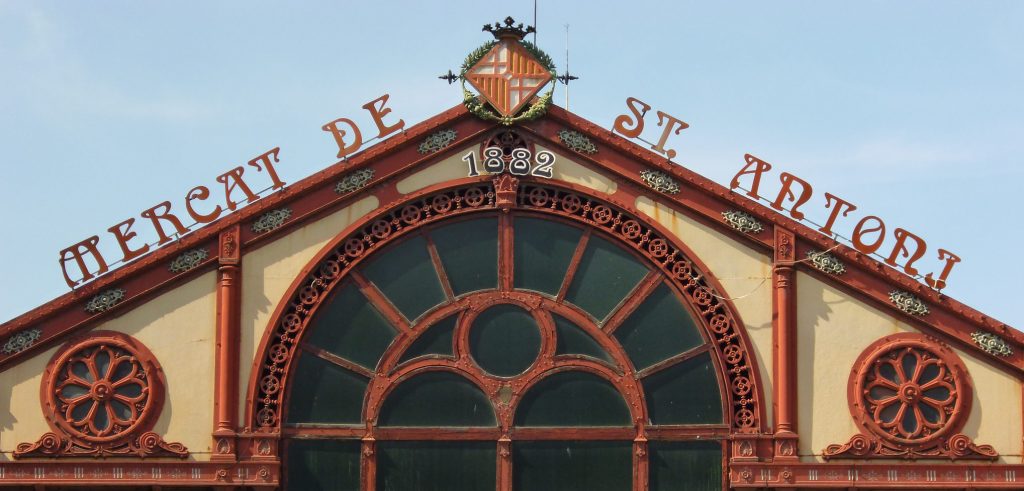
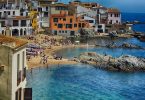
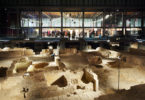
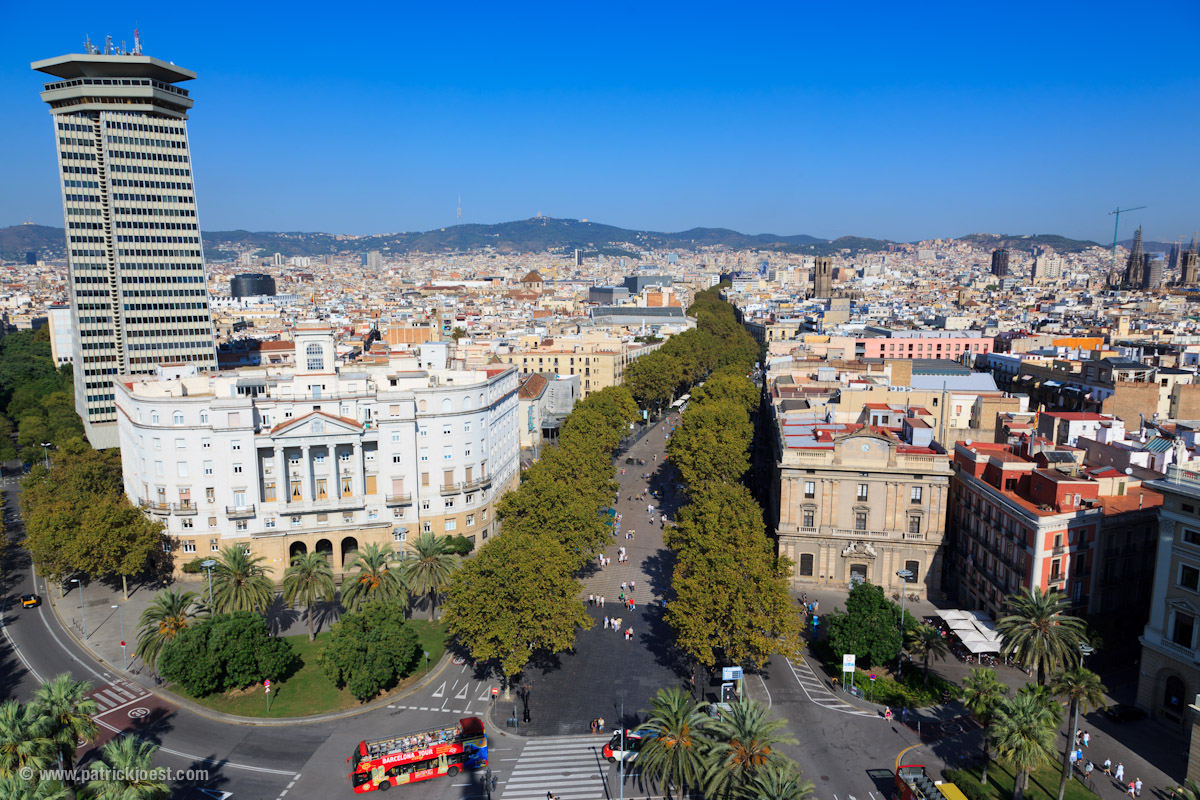

Leave a Comment